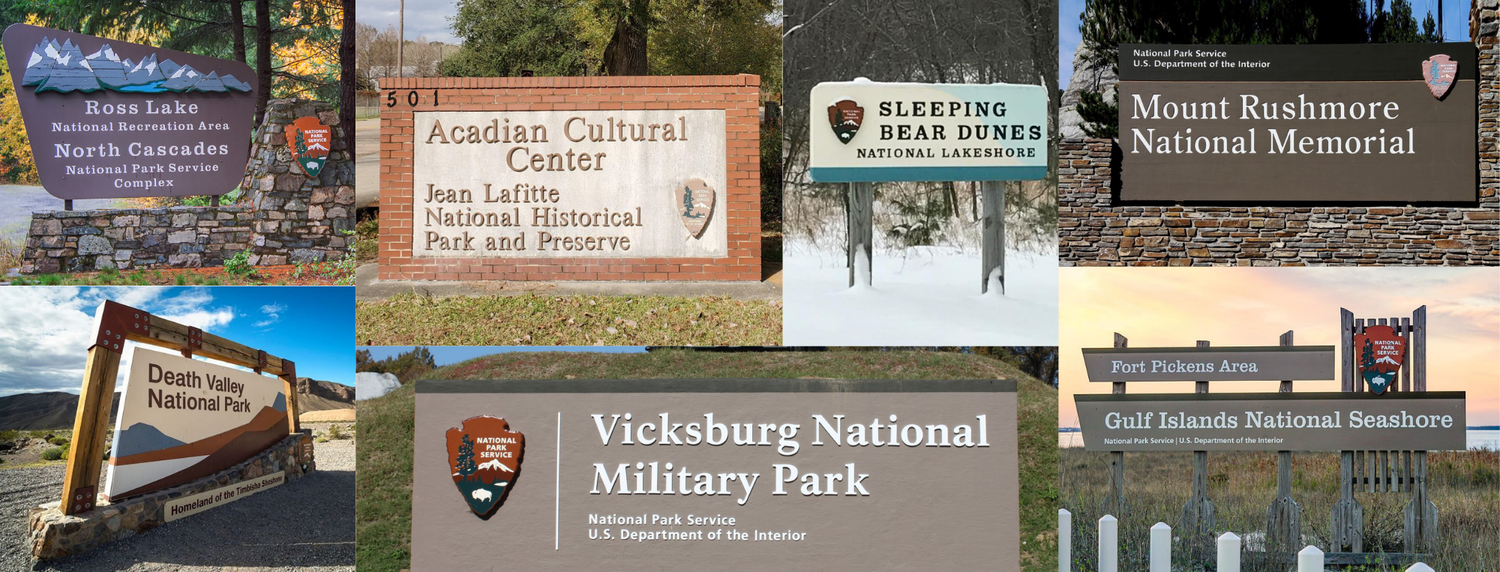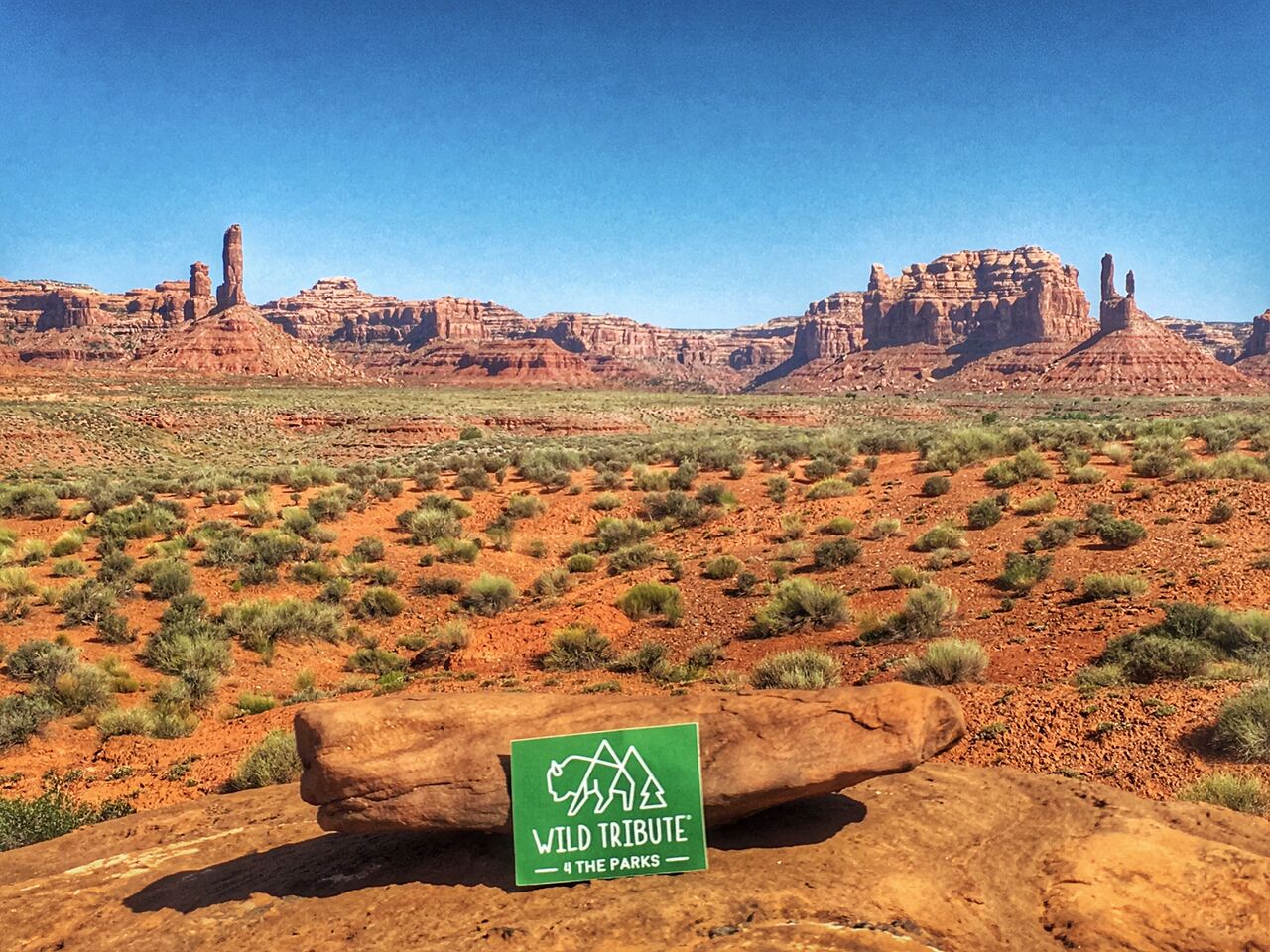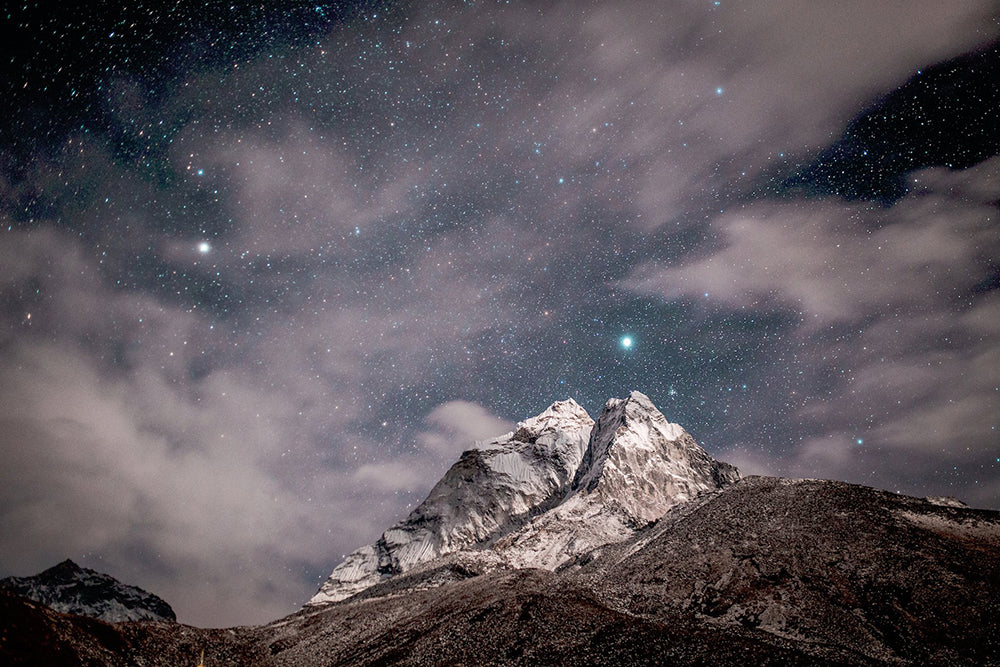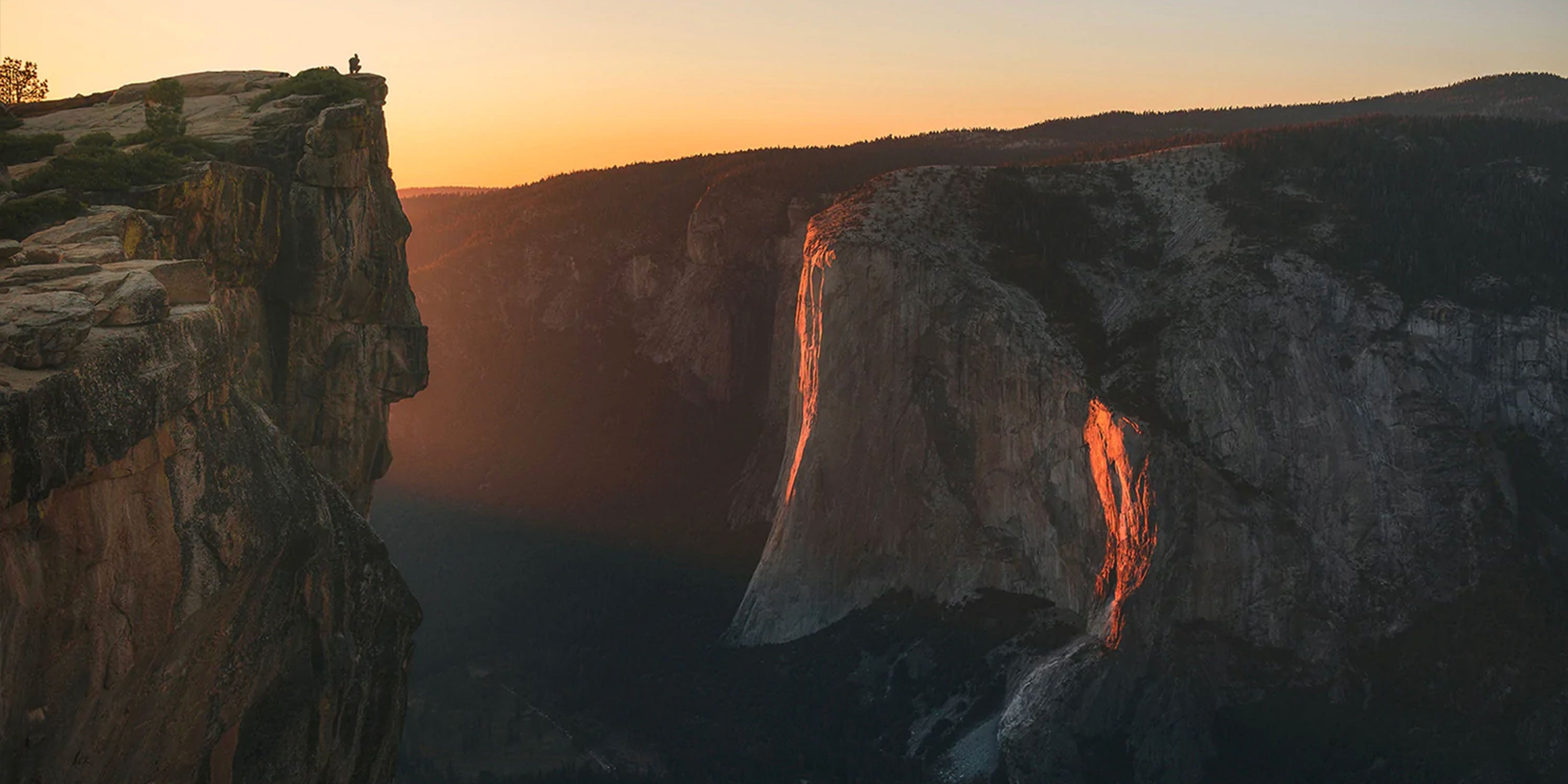So there are 400+ National Parks in the National Park system, but only 63 of the 400+ parks are officially bestowed National Parks? The short answer, yes. But how does that make any sense? Well, believe it or not 20+ naming conventions have been used to define the 400+ different park units within the National Park system. Despite our affinity to the Parks, we wholeheartedly agree that it could be less confusing. Our initial goal in writing this post was to be straight to the point; however, the more we learned, the more challenging that became. It's not necessarily complicated, yet a terse explanation simply can't do justice in answering the question. So here we go...
At the onset of this post, we were confident the easy answer laid within the Antiquities Act of 1906, but it alone did not spell the entire story. Passed by Congress and signed into law by Theodore Roosevelt, the Antiquities Act was our country's first law that accommodated general protections to any cultural or natural resource. As a result, the acting President can circumvent a lethargic Congress to set aside for protection "...historic landmarks, historic and prehistoric structures, and other objects of historic or scientific interest" by the stroke of his (or her) pen. Otherwise, a bill must follow the normal legislative rigors in the House and Senate to accommodate a tract of land or cultural resource's deserved protection.

So what does the Antiquities Act have to do with National Park naming conventions? More than you think! A piece of land or historical point of interest protected under the Antiquities Act by presidential proclamation is always deemed a National Monument. The early history and stories of use related to the law is rich, but we'll save that for a future post. Aside from its connection to the Antiquities Act, the National Monument designation is the official hodgepodge of park units as National Monuments can contain historical or archaeological artifacts, while others are notable for their natural or recreational features. In fact, many National Monuments of past and present have been re-designated (with a different title) by Congress, further implying the vague state of the designation. For example, the Grand Canyon was initially proclaimed a National Monument in 1908 by President Roosevelt, which as we know later became a National Park under the direction of a congressional vote in 1919.
That being said, it should be noted an act of Congress can also designate a National Monument which further convolutes its definition; however, this is not the norm. Albeit the multiple naming conventions that fall under the National Park family tree, the other titles are more straightforward, carrying a direct tie to their naming convention. For instance National Historic Parks or Sites indicate a cultural or historical interest with the primary difference between the two revolving around size. The same can be said about National Seashores, National Lakeshores, National Rivers and the like – it's obvious what connects these naming conventions. Throw National Battlefields, National Battlefield Sites, National Battlefield Parks and National Military Parks into this mix as well in addition to National Parkways and National Trails. National Memorials spell a slightly different story as they commemorate people or sites, yet need not be located at a significant site.

Yosemite National Park sign at Tioga Pass @NPS
Our 63 "National Parks", often rightfully classified as the Crown Jewels of the National Park system, also carry a degree of ambiguity similar to National Monuments but what ultimately separates the 63 National Parks is the connotation of “world attraction” in addition to the extent of federal protections associated with these prized places of natural, cultural and historic interest. I state the obvious explaining National Parks predominantly feature large expanses of our country's most unique and treasured lands; however, few realize the contrast in how the federal government regulates their management compared to other park units, particularly surrounding consumptive and recreational activities not to mention whether or not the National Park Service is the sole administrative agency overseeing the park.
Check it out. Often rivaling a National Park in size and natural features, a National Preserve and National Reserve can permit mining activity and oil exploration under federal proctor. In comparison, you are prohibited from displacing a flower let alone an inappreciable fossil within a National Park's boundaries. Similarly, National Recreational Areas (indicative of name) allow recreational opportunities that are either prohibited or generally proscribed in a National Park such as hunting, motorized recreation or even mountain biking, horseback riding, or hiking/camping with a pet. National Seashores, National Lakeshores, and National Rivers also share similar regulations that cater to recreation.
National Reserves, National Recreation Areas, National Trails, National Monuments and National and Wild Scenic Rivers additionally are commonly managed in conjunction with other federal and state agencies such as the Forest Service or Bureau of Land Management. This also adds to the list of characteristics that determine a park's designation. A National Park for instance would never be co-managed by a separate entity other than the National Park Service.

It should finally be mentioned funding, which often is a major topic of discussion among the parks, is not a cog in the naming wheel. It's fairly obvious the 63 National Park's are allotted more funding than others due to visitation and infrastructure capacity, yet to our knowledge there is nothing that defines "x" amount of dollars belong to this naming designation or the other. That doesn't mean a park's title doesn't go a long way in attracting attention, thus higher records of visitation and revenue. Evident from Pinnacles National Monument's re-designation to Pinnacles National Park in 2013, the coveted National Park naming convention translated into big tourism dollars for surrounding gateway communities and the park's bottom line.
Long story short, naming conventions of our 400+ National Parks are more strategic and more indicative than you think. In fact, we enjoy trying to figure out why Congress deemed a park a National Preserve rather a National Recreational Area but that's us...self-proclaimed National Park junkies. Nevertheless, it's certainly something to think about next time you're driving down the road and see a big brown sign. The most important educational piece one can take from this post is the fact there are indeed 400+ parks that all belong to the National Park Service and in some form another can be called a National Park...it's now up to you to know why and how they are all connected.
Please note this post would have been possible without the resourcefulness of Laura B. Comay's Congressional Research Report that was prepared for Members and Committees of Congress in February 2013. Also, please note there is more to the subject not fully disclosed within.













